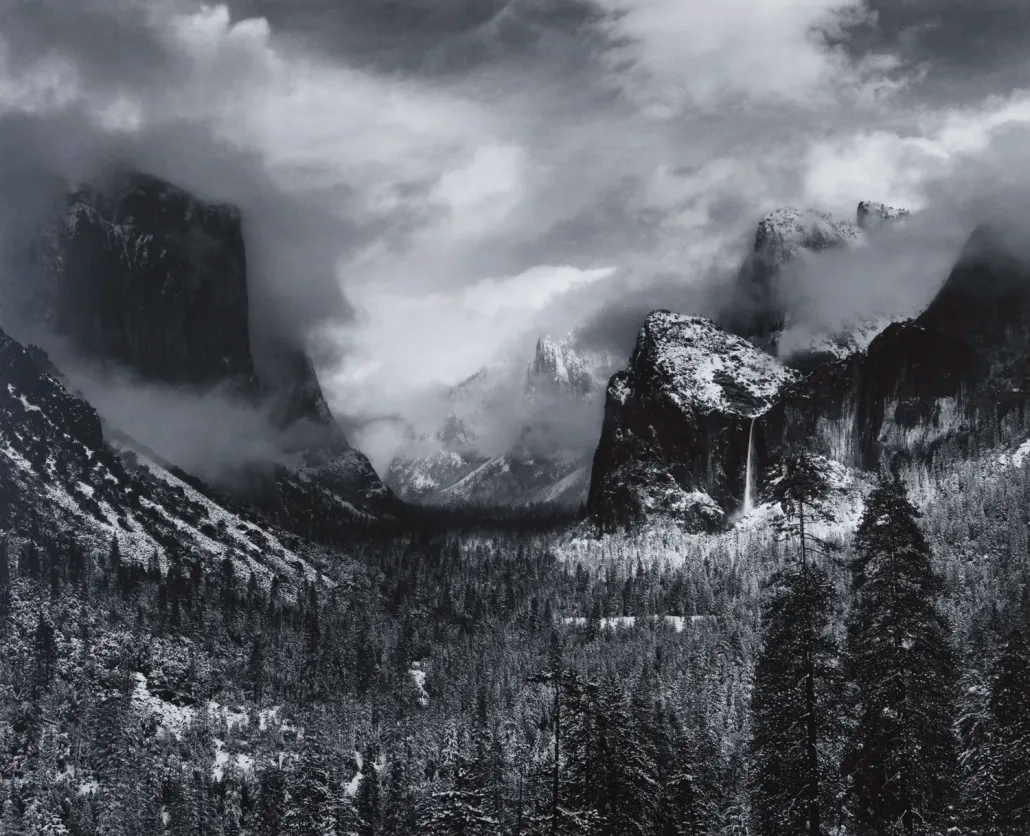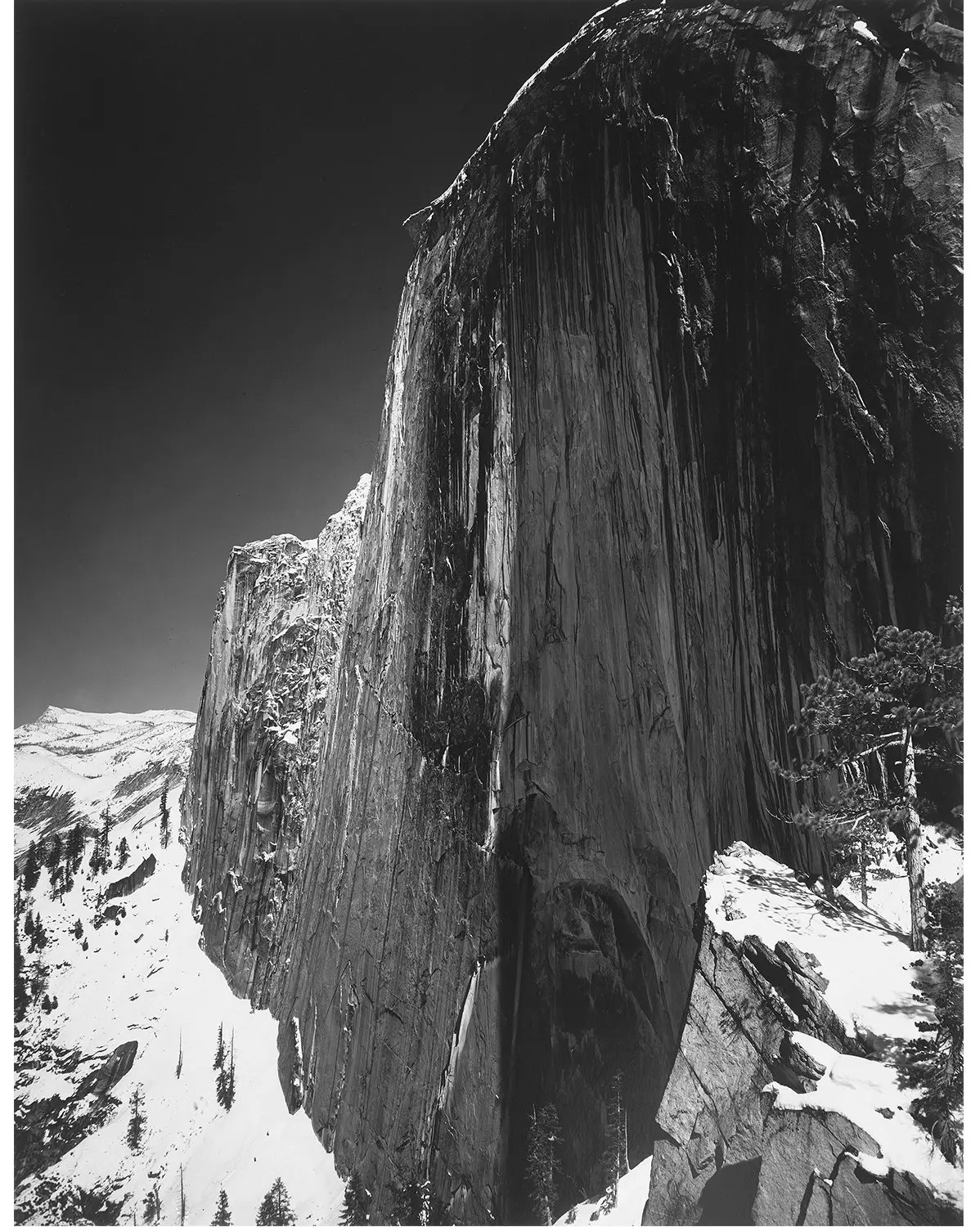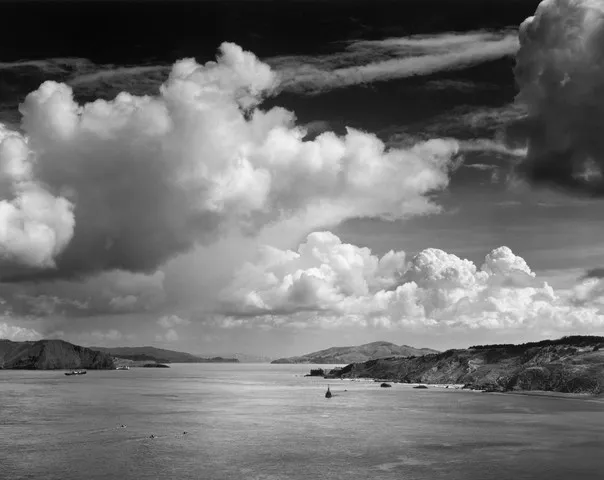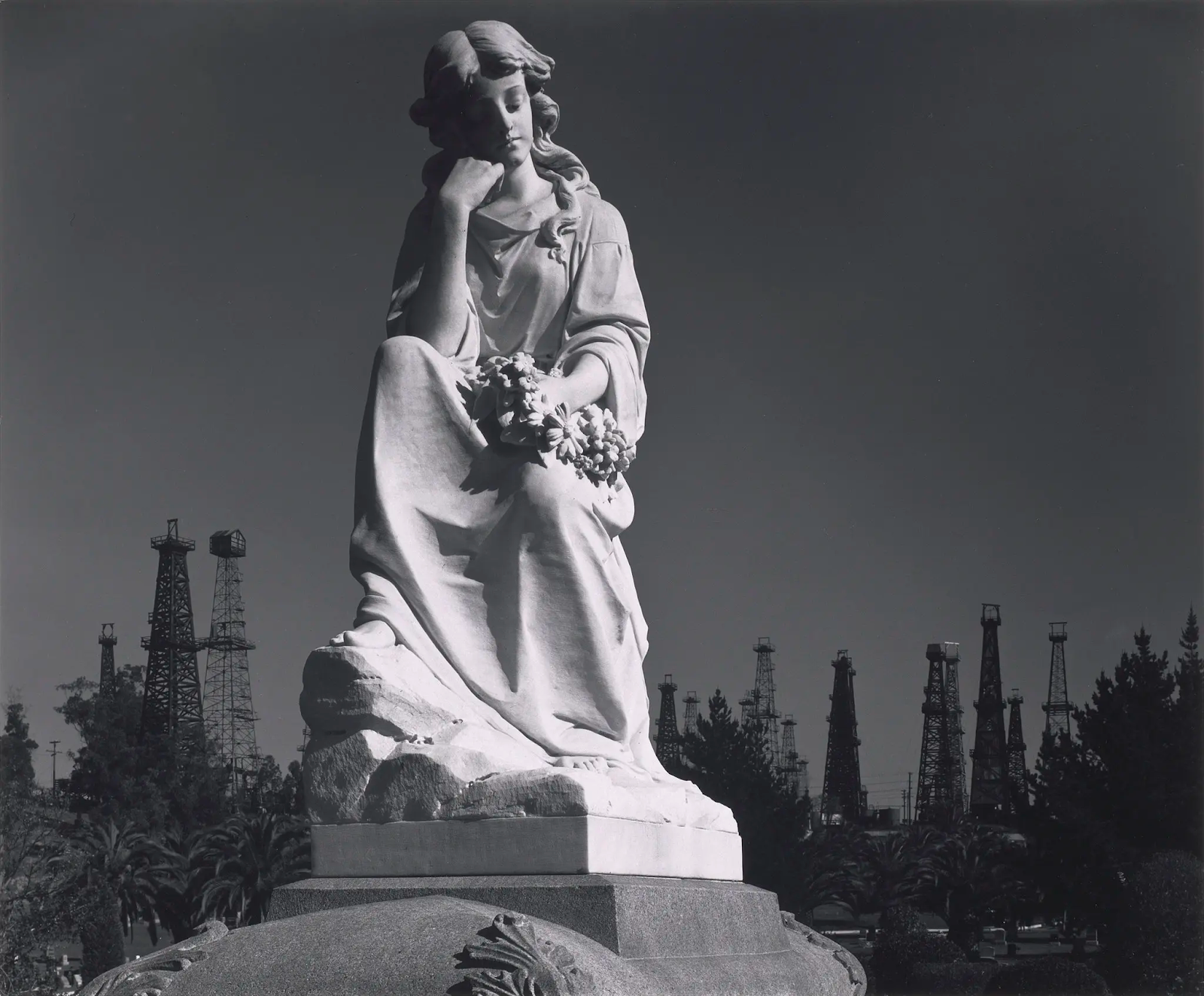Born on February 20, 1902 in San Francisco, California Ansel Adams is a renowned American landscape photographer and coservationalist. His iconic black and white images of Yosemite National Park and the American West continue to inspire photographers today to photograph the natural world. His utilization of a deep depth of field and high contrast captured the grandeur of the American West.
By showcasing the remarkable landscapes and ecosystems that exist, Adams has created an emotional connection between viewers and the natural world, motivating them to appreciate, protect and conserve these invaluable resources. His work became a visual testament to the importance of preserving biodiversity, promoting sustainable land use, and raising awareness about the urgent need for environmental stewardship aligning strongly with the United Nations Sustainable Development Goal of Life on Land.

Adams first ventured into photography at the age of 14 when his father gave him his first Kodak camera. Many of his earlier works were of the American West, particularly the Sierra Nevada mountain range and Yosemite National Park. However, what set Adams apart from the photographers during his time was his ultra-realistic and high-contrast photos. The pictorialist movement was the prominent style of photography during the early 20th century and featured dreamy and artistic photographs that often forged realism. Instead, Adams would experiment in the darkroom to create large and high-contrast prints that captured the grandeur of the American West.

In addition to inspiring awe and wonder in viewers, his work also provided a constant reminder of the landscapes that needed to be protected. At the same time Adams rose in popularity, populations were rapidly growing, and mining, drilling, and industrialization threatened every bit of viable land. In return, Adams became more involved in the conservation movement, which aimed to preserve the wilderness. In the 1930s, Adams served as the guide and official photographer of the Sierra Club, a environmental conservation organization that is still prominent today. During his time as the guide and official photographer of the Sierra Club, he created the book, "Sierra Nevada: The John Muir Trail,” collection of photographs and descriptions of The John Muir Trail. This book was used by the Sierra Club to lobby for the creation of the Kings Canyon National Park in the Sierra Nevadas.
According to the Ansel Adam Gallery, Harold Ickes, the Secretary of the Interior at that time, received the book showcasing the photographs and was profoundly moved by the captivating beauty of the park. Convinced of the urgent need for its protection, he promptly shared the book with President Franklin Roosevelt. As a result, a mere two years later in 1940, The Kings Canyon National Park was established, securing the preservation of this remarkable natural treasure.

The 1960s and 70s saw massive population growth and expansion in the United States. Adam’s hometown, San Francisco, particularly saw a massive population boom during the time. The effects of increased human activity became reflected in Adam’s work. Adams shifted from photographing just natural landscapes in the American West to photographing the natural world as a whole. This included images of oil drilling plants, suburbanization, and other instances of human intrusion into nature. His images from this period often feature a darker, more foreboding quality, reflecting his concern about the future of the natural world. He hoped that these works would highlight the need for conservation of the natural world, and continued these images until his death in 1984.

The influence of Ansel Adams works can be felt in both the photography and real world. His crisp images have become a standard in professional photography, and its content have inspired other photographers to explore the natural world. There is no denying that the conservation movement would be forever altered without the work of Ansel Adams. His life’s works have been dedicated to achieving the United Nations Sustainable Development Goal of Life on Land, and can still be viewed in exhibitions around the world. Viewers of of his works may also agree that "the world is incomprehensibly beautiful - an endless prospect of magic and wonder."
